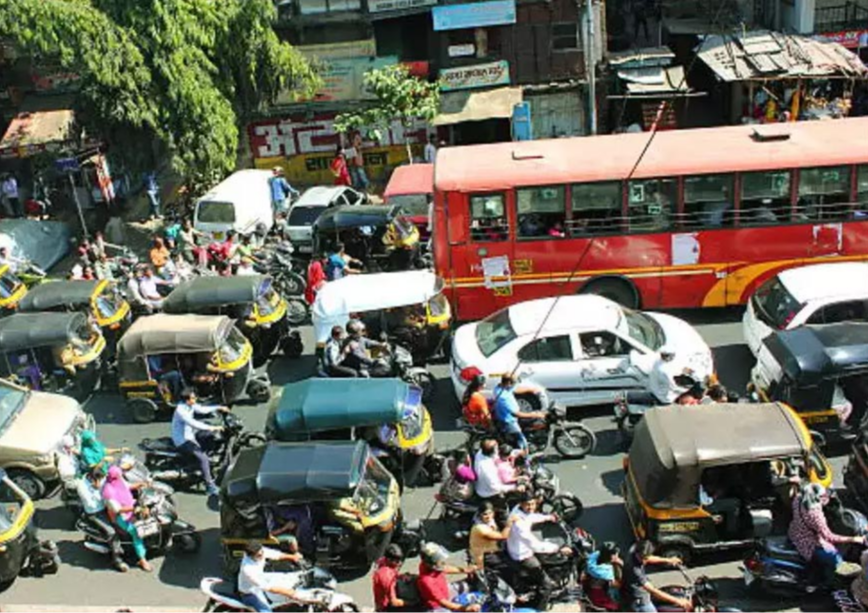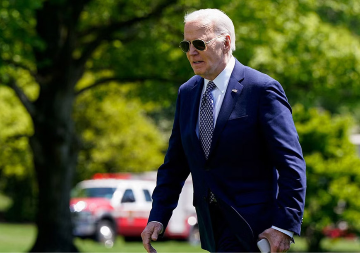
Global sister-city relationships, also known as city twinning, have long been recognised as practical tools for fostering international cooperation, cultural exchange, economic development and disaster preparedness. At the intersection of urban governance and international relations, these partnerships connect cities from different parts of the world and provide opportunities for mutual understanding and collaboration.
Known to have originated in the aftermath of World War II, the concept gained momentum to promote peace and reconciliation between cities from different countries. Thousands of cities worldwide participate in these partnerships, contributing to a more interdependent global community. While sister-city relationships offer immense potential, there is a growing need for comprehensive research to assess the effectiveness of existing collaborations, identify challenges, and formulate evidence-based policies that can enhance the outcomes of these bonds.
Known to have originated in the aftermath of World War II, the concept gained momentum to promote peace and reconciliation between cities from different countries.
As the world faces unprecedented challenges such as climate change, pandemics, and disparities, sister-city relationships could be re-evaluated in the context of these concerns as platforms for global collective action and problem-solving. How can communication channels between sister cities be strengthened through modern technology and knowledge exchange programmes? How can policy frameworks help promote economic collaboration and trade between urban twins? How can people-to-people connections be cultivated in sister cities to nurture a harmonious global community?
Obstacles to friendship
Despite the widespread recognition of the benefits associated with sister-city relationships, there is a dearth of comprehensive global data and research on the subject. Existing studies often focus on individual partnerships or regional analyses, making it challenging to draw overarching conclusions about the impact and success factors of these relationships on a global scale. Relooking at sister-city relationships is also imperative in the contemporary international landscape, considering its evolving dynamics. Recognising the criticality of sister-city relationships, the Brihanmumbai Municipal Corporation (BMC) is all set to build a ‘sister city square’ at Bandra Kurla Complex (BKC) to honour the relationship between Mumbai and its 15 siblings around the world that will also be a tourist destination.
Relooking at sister-city relationships is also imperative in the contemporary international landscape, considering its evolving dynamics.
Many sister city relationships have a rich history and culture, but their impact and effectiveness vary widely. For instance, despite the potential for economic collaboration between St. Petersburg and Osaka, their relationship encountered political tensions, reflecting the strained relations between the two countries. Another case where political disagreements at the national level trickled down to affect the city-to-city relationship negatively is that of Germany’s Cologne and Türkiye’s Istanbul, where socio-cultural exchange programmes faced resistance due to differences in social values and a lack of mutual understanding. Thus, cultural exchange initiatives must be inclusive, respectful, and reflective of the diverse identities and perspectives that characterise societies.
Using digital platforms, data analytics and smart city technologies can significantly enhance the effectiveness of sister-city relationships, making it imperative to revisit existing strategies and incorporate these technological advancements for mutual benefits. In the case of San Francisco and Seoul, the partnership faced a setback due to disputes over the installation of monuments and public statements, impacting their trade patterns and exchanges in technological innovation.
Using digital platforms, data analytics and smart city technologies can significantly enhance the effectiveness of sister-city relationships, making it imperative to revisit existing strategies and incorporate these technological advancements for mutual benefits.
Establishing comprehensive urban policies that address key areas such as communication, economic ties, socio-cultural exchange, and sustainability will be essential not only for twin cities to adapt to contemporary challenges but also for seizing new opportunities to collaborate, learn from the past, and ensure that these partnerships remain relevant and impactful in an ever-changing world.
Going beyond: Towards effective and lasting sisterhoods
Successful sister-city relationships must be characterised by a commitment to mutual understanding, effective communication, and a focus on shared goals.
- Policymakers could focus on enhancing communication channels between sister cities by utilising modern technology, establishing regular forums, and promoting language exchange programmes. Developing dedicated online platforms and mobile applications can facilitate real-time communication, allowing cities to share experiences, best practices, and innovative solutions to shared challenges. Furthermore, establishing annual forums or conferences where representatives from sister cities can meet and discuss collaborative opportunities can strengthen ties and foster a sense of community. For instance, the partnership between Seattle and Tashkent has advanced a better understanding of each other's cultures and perspectives, leading to successful initiatives. Among India’s twinning agreements, an example of an efficient partnership could be the Memorandum of Understanding between Kobe and Ahmedabad, which promotes mutual business, academic and cultural linkages.
- One of the primary goals of sister-city relationships is to promote economic cooperation by developing effective strategies to encourage trade, investment, and business partnerships between sister cities. Creating incentives for businesses to explore opportunities, streamlining regulatory processes for cross-border trade, and promoting joint ventures could be the first step towards this goal. Additionally, policymakers should explore the possibility of developing specialised economic zones or industry clusters that focus on the strengths and capabilities of both sister cities, creating a platform for sustained economic growth. A case in point could be Hangzhou’s special trade zone that seeks to strengthen economic ties with Boston.
- The sharing of cultural knowledge, traditions, and practices can be facilitated by establishing cultural exchange programmes, art exhibitions and educational partnerships. Developing sister-city scholarships for students to study abroad and creating cultural events that showcase the rich diversity and indigenous knowledge of each city can strengthen the bond between communities. For example, Kyoto and Florence have emphasised preserving historical heritage through exhibitions, workshops, and events celebrating their rich cultural memories, boosting tourism. Furthermore, integrating cultural exchange into the education syllabus can promote cross-cultural understanding from an early age.
- Policies must encourage environmental awareness, resource conservation, and the adoption of green technologies in the face of common global challenges. Sister cities can engage in projects concerning renewable energy, waste management, and sustainable urban planning. The partnership between Melbourne and Thessaloniki towards 15-min-city (FMC) highlights this commitment to address shared global challenges through sustainable urban development. By sharing knowledge and resources, cities can work together to contribute to a more sustainable future.
- Natural disasters and emergencies are inevitable, and sister cities should be prepared to support each other during times of crisis. Planners could establish disaster response and recovery protocols, including mutual aid agreements, resource-sharing mechanisms, and joint training exercises. For instance, the United States Agency for International Development’s Sister Cities Disaster Preparedness programme focuses on ‘increasing business resilience and improving public-private coordination’ on disaster planning within the City of Hai Phong. By developing similar comprehensive disaster management plans, sister cities can demonstrate solidarity and resilience in the face of adversity, nurturing a sense of shared responsibility and support.
Policies must encourage environmental awareness, resource conservation, and the adoption of green technologies in the face of common global challenges.
Successful sister-city partnerships thrive on innovative, sustained efforts to tackle challenges, learn from differences, and leverage shared interests. Furthermore, the New Urban Agenda’s emphasis on cities’ cooperation for achieving Sustainable Development Goal 11 towards more inclusive, safe, resilient, and sustainable cities will need to be complemented with new and relevant markers and evaluation systems. Policymakers and planners can create a roadmap for sister cities to navigate challenges, build strong connections, and contribute to a more interconnected world by focusing on these areas.
Anusha Kesarkar Gavankar is a Senior Fellow at the Observer Research Foundation
The views expressed above belong to the author(s). ORF research and analyses now available on Telegram! Click here to access our curated content — blogs, longforms and interviews.




 PREV
PREV


